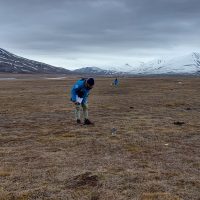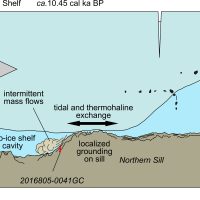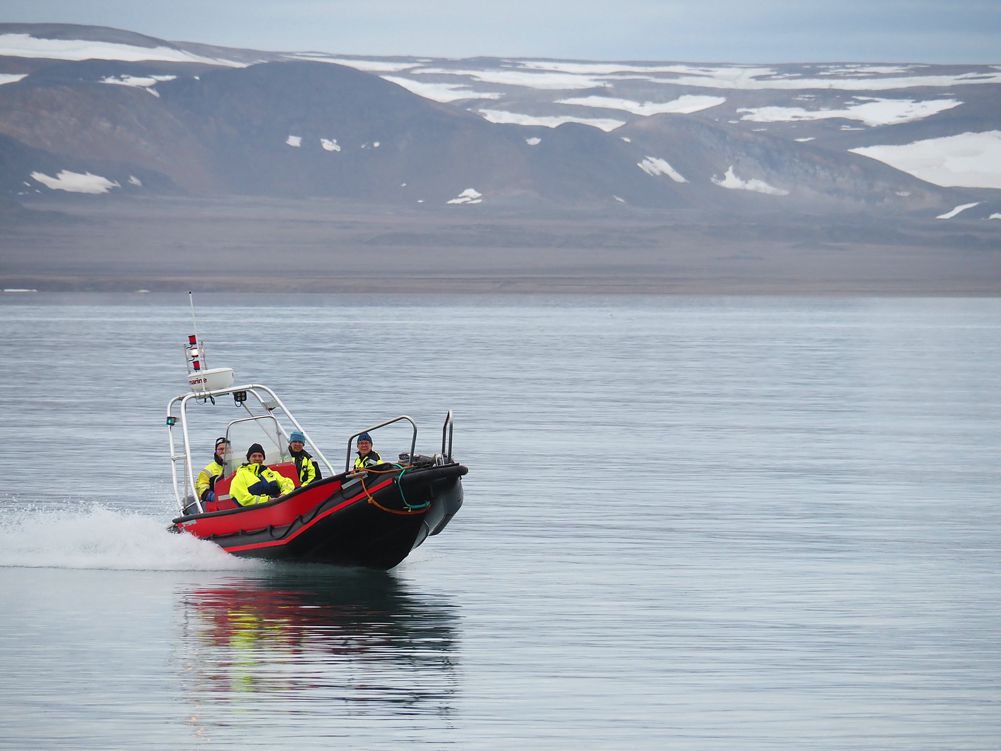
Footsteps
How does human trampling affect plant growth and community composition, CO2 exchange, permafrost thaw and soil density in various ecosystems in Adventdalen & Endalen? Read More …
Engaging tomorrow's scientists

How does human trampling affect plant growth and community composition, CO2 exchange, permafrost thaw and soil density in various ecosystems in Adventdalen & Endalen? Read More …

How did the M’Clintock Channel Ice Stream and its associated ice shelf in the Canadian Arctic Archipelago evolve and collapse at the
end of the Last Glaciation?
Can GIS mapping the flowsets indicated by elongate glacial bedforms in satellite imagery on adjacent Victoria and Prince of Wales
islands elucidate ice flow patterns and help determine when this sector of the Northwest Passage first opened? Read More …

The aim of this project is to understand the formation of cryoconite in a year long perspective. Several times per year sediment samples of glacier debris and cryoconite are collected for further analysis. Read More …

Main research questions for this UNISprout project
Do species of the Pseudocalanus genus complete a one-year life cycle with only one generation?
Questions we will investigate
Are male individuals of Pseudocalanus present in June to August?
Are P. moultoni present at all during December, February, April, and August to October? Read More …

Can the local inhabitants get excited about science in one day? Read More …

Can we systematically acquire digital outcrop models by SfM to make a base line of Svalbard in times of changing climate? Read More …

Can the famous Storegga Tsunami, that occured around 8.1 cal ka BP, be identified for the first time in Svalbard in the raised marine sediments and geomorphology of Isfjorden?
If so, how extensive was the tsunami here, what role did sea ice play and what marine and climate conditions persisted at the time?
What implications does this have for the future submarine landslide tsunami risk in Svalbard? Read More …

The goal of this project is to characterize the benthic communities at glacier fronts and compare them to other fjordic benthic communities in order to understand how seafloor communities are affected by the conditions at glacier fronts. Animal collections have been made at a number of glacier impacted sites in various fjords around Svalbard (Tempelfjorden, Billefjorden, Hornsund) as well as at sites not impacted by glaciers. River mouths have some, but not all the same features of glacier fronts, therefore another comparison that will be made is with sites impacted by river runoff. Read More …

How is warming affecting the vegetation on Svalbard? Svalbard in the High Arctic is one of the fastest warming places on earth, with air temperatures increasing by 3 to 5° C over the last 40 to 50 years, with even more dramatic warming in winter, affecting snow depth and timing of snow melt. Climate change also has implications for reindeer, and the increase in herbivores is expected to lead to a shift in plant communities. Read More …

Since 2011 UNIS has been sampling a marine time series station close to Longyearbyen at weekly to monthly intervals year-round, to find out how the water-masses, nutrients, biological communities and production changes between seasons, between years and long term. As far as we know IsA is the northernmost year-round time series in the world. At the Department of Arctic Biology we focus on plankton and microbes, organisms that have short generation times and therefore respond quickly to environmental changes, making them excellent tracers of climate change effects.
Read More …